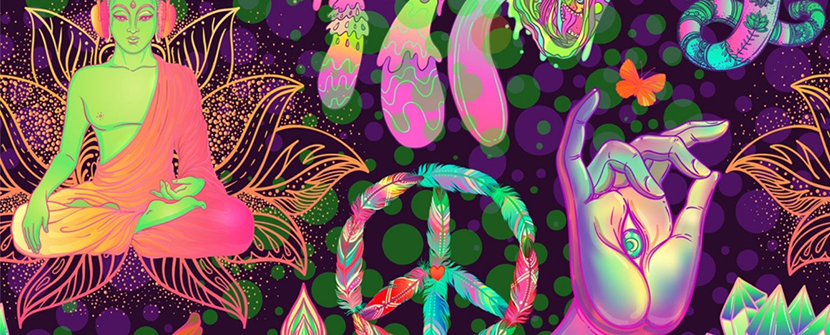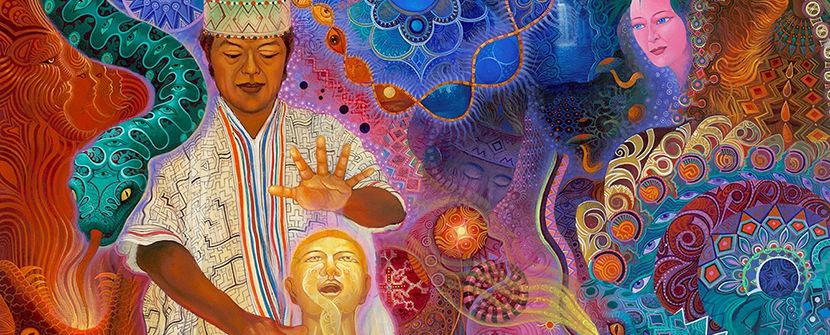The use of psychedelics has undergone a re-emergence in recent years, with a growing number of people turning to these substances for therapeutic, spiritual, and creative purposes. This resurgence has been driven by a shift in cultural attitudes towards psychedelics, as well as a growing body of scientific research that suggests these substances may have powerful therapeutic benefits.
The Paradigm Shift
The resurgence of psychedelics today can be seen as a paradigm shift in the way we think about these substances. For decades, psychedelics were stigmatized and criminalized, associated with the counterculture movement of the 1960s and viewed as dangerous and potentially addictive. However, in recent years, there has been a growing recognition that psychedelics can be used in safe and responsible ways, and that they may have significant therapeutic benefits for a range of mental health conditions.
Similarities to the Counterculture Movement
The re-emergence of psychedelics today can be seen as a continuation of the search for social freedom and the political unrest that characterized the counterculture movement of the 1960s. Like the counterculture movement, the current resurgence of psychedelics is driven by a desire to challenge established norms and explore new ways of thinking and being.
Psychedelics are seen as a tool for personal and social transformation, allowing users to access altered states of consciousness and explore new realms of experience. At the same time, the current search for social freedom is also marked by significant differences from the counterculture movement of the 1960s. While the counterculture movement was largely defined by its rejection of the mainstream culture and values of the time, the current resurgence of psychedelics is occurring within a broader cultural context that is more accepting of alternative forms of spirituality, sexuality, and creativity.
The Role of Science
Another significant difference between the counterculture movement of the 1960s and the current resurgence of psychedelics is the role of science. While the counterculture movement was largely characterized by a rejection of established scientific and medical institutions, the current resurgence of psychedelics is being driven by a growing body of scientific research that suggests these substances may have significant therapeutic benefits.
In recent years, studies have shown that psychedelics like psilocybin, MDMA, and ketamine may be effective treatments for a range of mental health conditions, including depression, anxiety, PTSD, and addiction. This scientific evidence has helped to shift attitudes towards psychedelics, and has led to the legalization of these substances for medical and research purposes in several countries, including the United States.
Conclusion
The re-emergence of psychedelics today can be seen as a continuation of the search for social freedom and the political unrest that characterized the counterculture movement of the 1960s. While there are significant differences between these two movements, including the role of science and the broader cultural context in which the current resurgence of psychedelics is occurring, both share a common desire to challenge established norms and explore new ways of thinking and being. As research into the therapeutic benefits of psychedelics continues to grow, it is likely that we will see an even greater shift in cultural attitudes towards these substances in the years to come.




